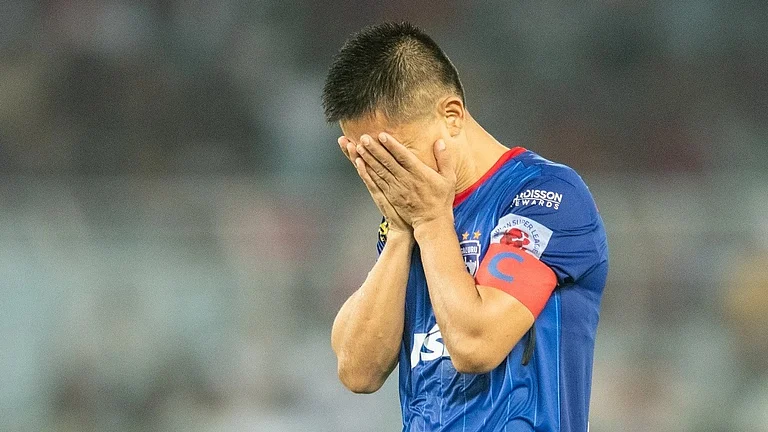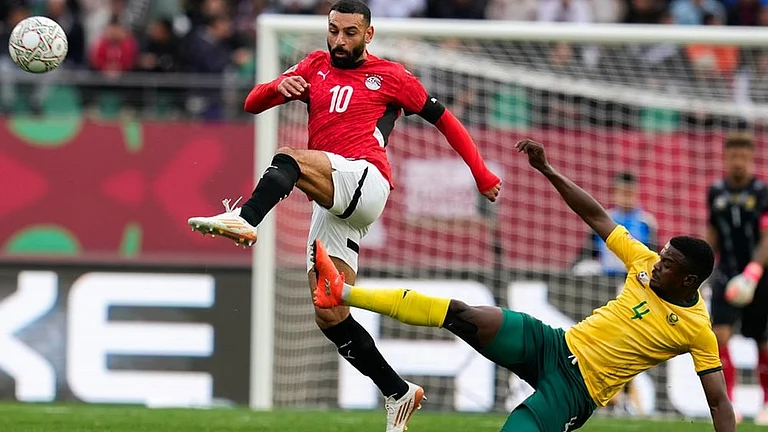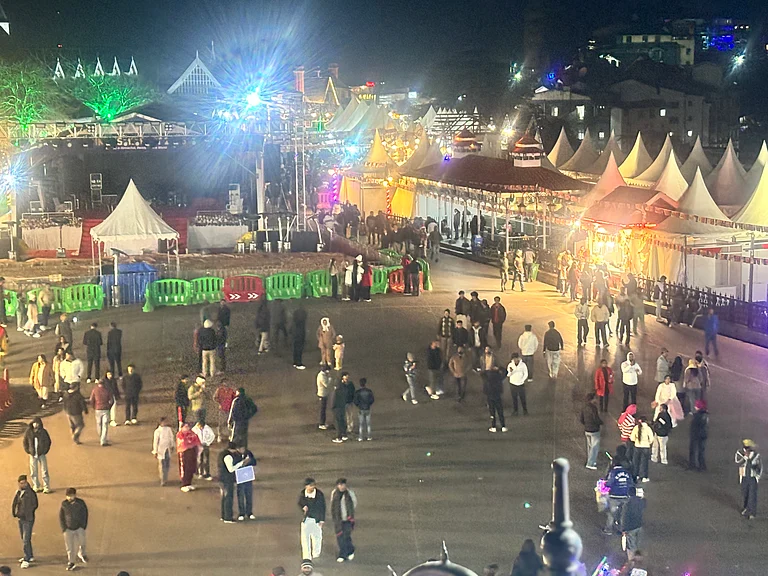Waugh first began to realise that the West Indies were no longer a threat when Australia toured the Caribbean in 1995. "...for me, seeing the fearless Richie Richardson coming out to bat in a helmet for the first time during the second Test, in Antigua, was an insight into his decaying technique and an omen that change was in the wind.... Not that he wasn’t entitled to, but his team’s aura of invincibility was slipping, in our minds and in their actions." And when Glenn McGrath softened up the West Indian pace bowlers with his bouncers during the same series, the Aussies knew they had "touched an open wound" that could be exploited.
As Australia went on to win the next two World Cups and most of the series they played at home and abroad, Waugh’s team employed out-of-the-box tactics to overwhelm its opponents. One of the most interesting of them was in the 1990s when the Aussies found that in one-dayers where the team batting second won, the match would often end with 5-10 overs remaining. Thus, the strike bowlers would be underbowled as they normally bowl the last 10 overs. So, they reversed the order, getting the strike bowlers to finish their quota of 10 overs as early as possible.
On the whole, the book is not too critical of most teams and players, except for India and Pakistan. Waugh cribs about the food and hygiene during their Indian tour in 1986. After surviving the dreaded "Delhi belly", he decided to "celebrate with my first milkshake of the tour...and a hamburger that didn’t seem entirely cooked...but the Taj Mahal Hotel’s reputation quelled any reluctance to gorge it down. Big mistake all round". As he puts it, "For the next 12 months, my life revolved around frantic dashes to the toilet, frequent stomach ailments and constant feeling of being unwell, I was a sickly yellow colour and I lost 6-8 kilos I couldn’t recover."
He is critical about Sourav Ganguly. "I saw Sourav as an elitist, a bloke who made a few rules for himself in his exalted position and who thought the world revolved around him. He was...trying to influence the groundsmen in India. To me, this wasn’t too different from match-fixing...." At another place, he talks about the "continued petulance of Sourav Ganguly in being late for the toss and then walking by himself after the event...." To be fair, he adds that "Sourav was a committed individual who wanted to inject some toughness and combativeness into a side that had often tended in the past to...expose a soft underbelly, especially when touring life and certain events...took them away from the cosiness of what they knew they could control".
The book is long, with statistics of each Test and one-dayer he has played, but it also does have plenty of anecdotes. There’s one about the burly Merv Hughes being asked to jump on the weighing scales, a suggestion he took literally and smashed the machine. There’s a reference to David Boon’s legendary drinking habit: on one flight he downed 52 cans of beer and had to be supported by other mates. There’s the famous Aussie aggression—when he asked Ambrose to "go and get fucked", for example, or reacted to the fast bowler’s intent stare with "what the fuck are you looking at?". And the not-so-touristy insights about various countries.
However, the autobiography does leave the reader longing for more information about issues like match-fixing. The crisis that rocked the cricketing world and ended the careers of famous cricketers is dealt with in just 10 pages, and most of them are about the allegations against his twin brother, Mark, and the role of Pakistanis like Salim Malik. The Pakistanis come out as villains while others like Shane Warne and his brother get a sympathetic mention. Still, it is a must-read for passionate fans and those who are interested in contemporary cricket.


























